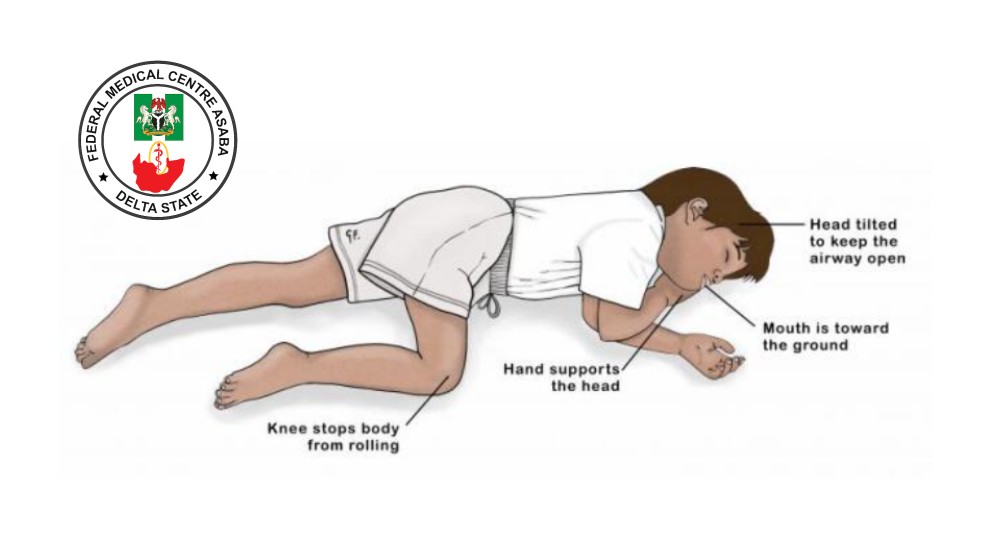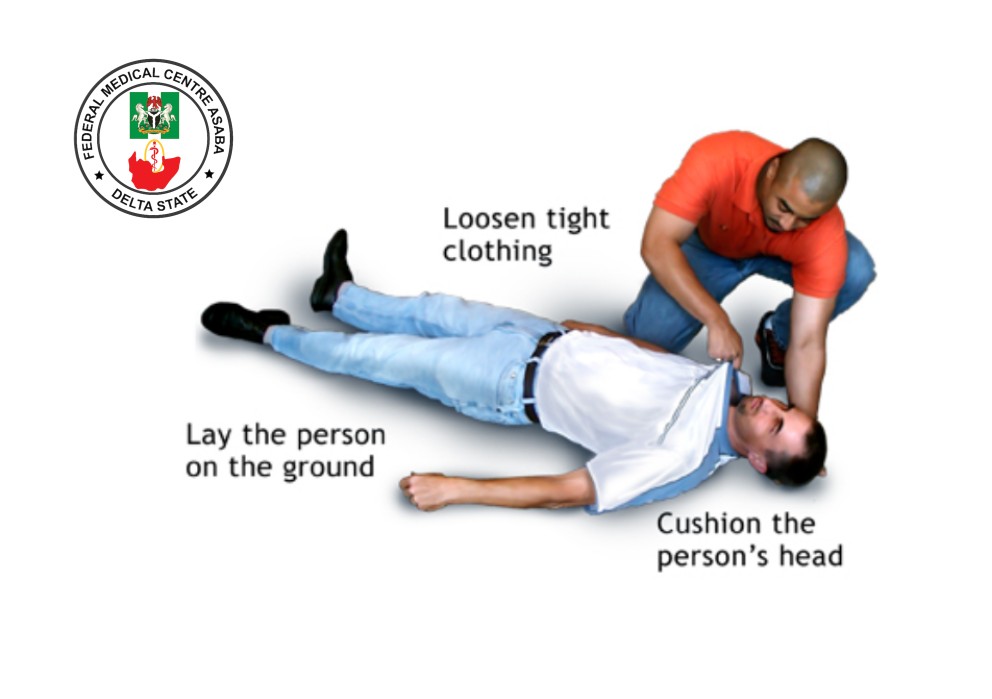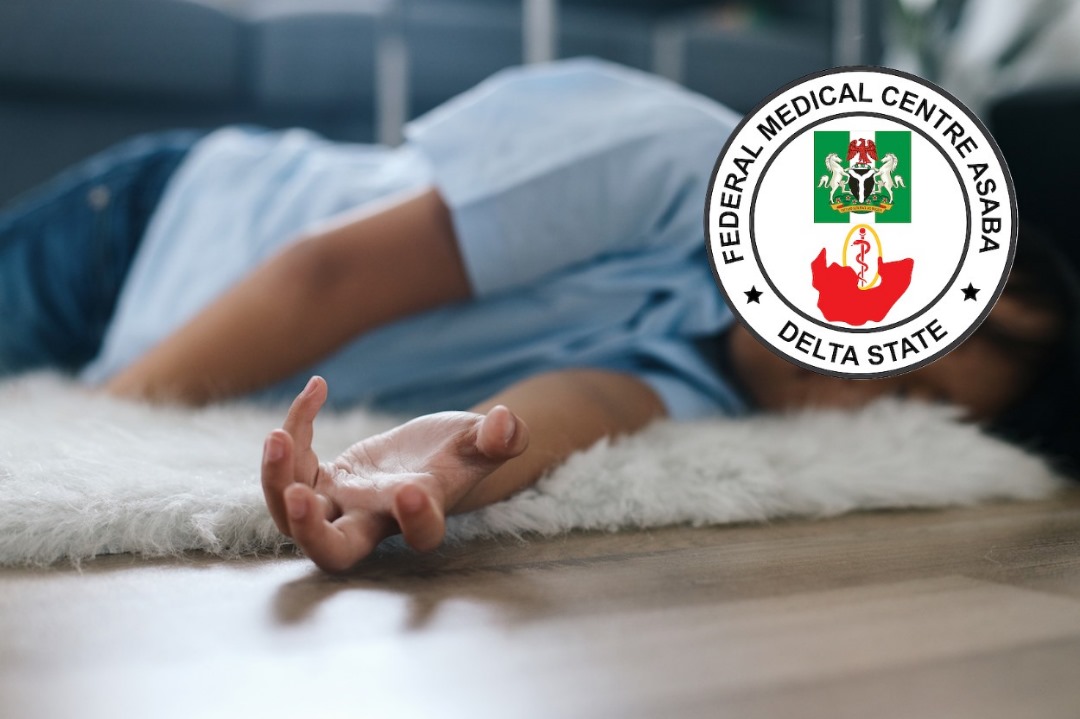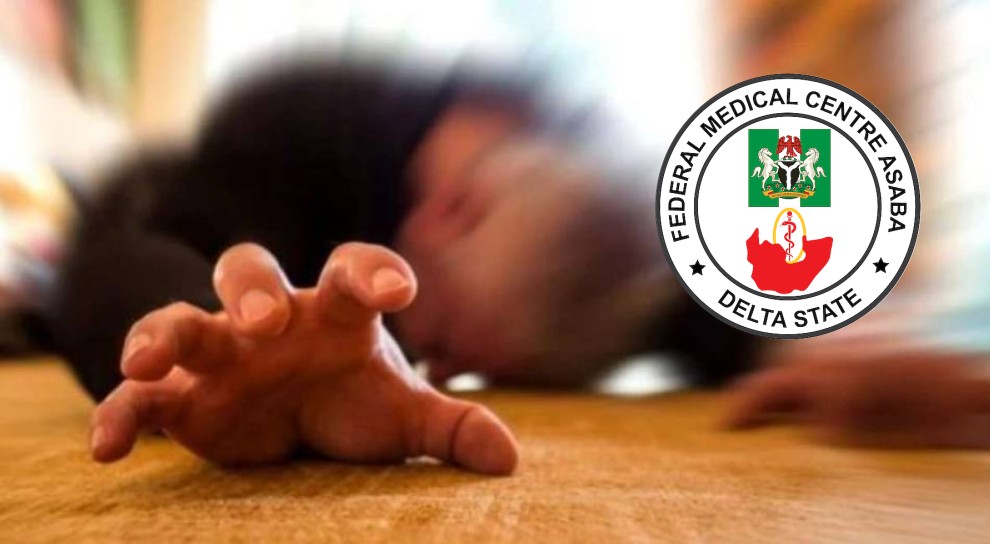Convulsion is an involuntary, violent, and uncontrolled series of muscle contractions and relaxations, often causing shaking of the body.
Convulsion is an involuntary, violent, and uncontrolled series of muscle contractions and relaxations, often causing shaking of the body.
Convulsions are amongst the most alarming neurological emergencies in childhood often requiring prompt recognition and timely intervention.
This can be a frightening experience for both the individual and those around them.
Understanding how to respond to a convulsion can significantly improve the outcome for the individual experiencing it and minimizing potential harm.
To Manage:
1. Stay Calm:
It's crucial to remain calm and reassure the child as much as possible, even if they are unresponsive.
2. Protect from Injury:
Gently move the child to the floor or ground and clear the area of any objects that could cause harm.
3. Position for Safety:
Turn the child onto their side to help prevent choking on saliva or vomit. Place something beneath the head.
4. Loosen Clothing:
Loosen any tight clothing around the neck and chest to ensure easy breathing.
5. Monitor the Seizure:
Pay close attention to the seizure, noting the time it started and stopped.
6. Recovery:
Once the seizure stops, continue to monitor the child's breathing and level of consciousness. If they are drowsy, allow them to rest and recover.
7. Seek Medical Help:
Call emergency services or rush down to the nearest medical facility.
Avoid non professional suggestions.
DONT’S
Do not;
1. Restrain
2. Put any object in childs mouth
3. Put any food or medication in childs mouth
4. Rub anything on childs body including oils and creams
5. Put any of the childs body parts in fire or over steam
Common Fallacies Associated With Convulsion;
1. Convulsions are caused by evil spirits, witchcraft, or possession.
2. Harmful practices such as putting objects in the child’s mouth (spoon, stick, cloth) prevents death.
3. Forcefully restraining the child’s movements helps stop seizures.
4. Putting childs body parts in fire or hot water will help stop convulsions.



